Colour Psychology: How to Select the Right Colours for Your Home
May 20th, 2025

Colour Psychology: How to Select the Right Colours for Your Home is one of the most powerful tools in interior design. Colour influences moods, creates visual harmony, and even impacts productivity, making it essential in the design of any space. Whether you’re planning to redesign a single room or design an entire home, understanding colour psychology can make a huge difference in how a space feels and functions.
The selection of colours plays a crucial role in creating environments that are not only aesthetically pleasing but also promote a sense of well-being and purpose. In this blog post, we will help you select the right colours for your home, discuss how different colours can affect mood and atmosphere, and provide practical tips on how to choose the right colours for your home.
What is Colour Psychology?
Colour psychology is the study of the effect colours have on human emotions, behaviours, and our understanding of colours, and how they influence the way you act and feel.
How to Select the Right Colours for Your Home
Selecting the right colours for your home is not just about choosing your favourite hues; it’s about creating a space that aligns with your needs and lifestyle. Here are some practical tips to help you make the best colour choices:
Consider the Purpose of the Room
Think about how you use the space and the atmosphere you want to create. For example, calming blues might be chosen for a bedroom, energising yellows for a kitchen, or a sophisticated combination of neutrals for a formal living room.
Balance Warm and Cool Tones
Using a balance of warm and cool tones will help create harmony in a space. Warm colours like red, orange, and yellow are great for high-energy spaces, while cool colours like blue, green, and purple are ideal for areas where relaxation is key.
Test Before Committing
Colours can look different under various lighting conditions, so it’s always a good idea to test a few swatches in your home before committing to a colour scheme. This will allow you to see how the colours interact with the natural light and other elements in the room.
Read- must-have bedroom features for your home
How Different Colours Impact Mood and Atmosphere
Each colour has a unique psychological effect on people. Each colour has its mood and effect on the atmosphere; accordingly, a homeowner or interior designer must know about how different colours represent different moods and what colour to choose according to the environment or so-called “vibe” they are going for.
Red – Passion and Energy
Red is often labelled as a very strong colour, associated with energy, passion, and excitement, but too much red can make a room feel overwhelming and stressful. Red is generally used in dining rooms or kitchens because it can stimulate appetite and energy.
Psychological Impact: This colour is known to increase heart rate and blood pressure, which is why it’s often used in areas where activity and interaction take place. It’s a great colour for social spaces, but be cautious when using it in bedrooms or spaces meant for relaxation.
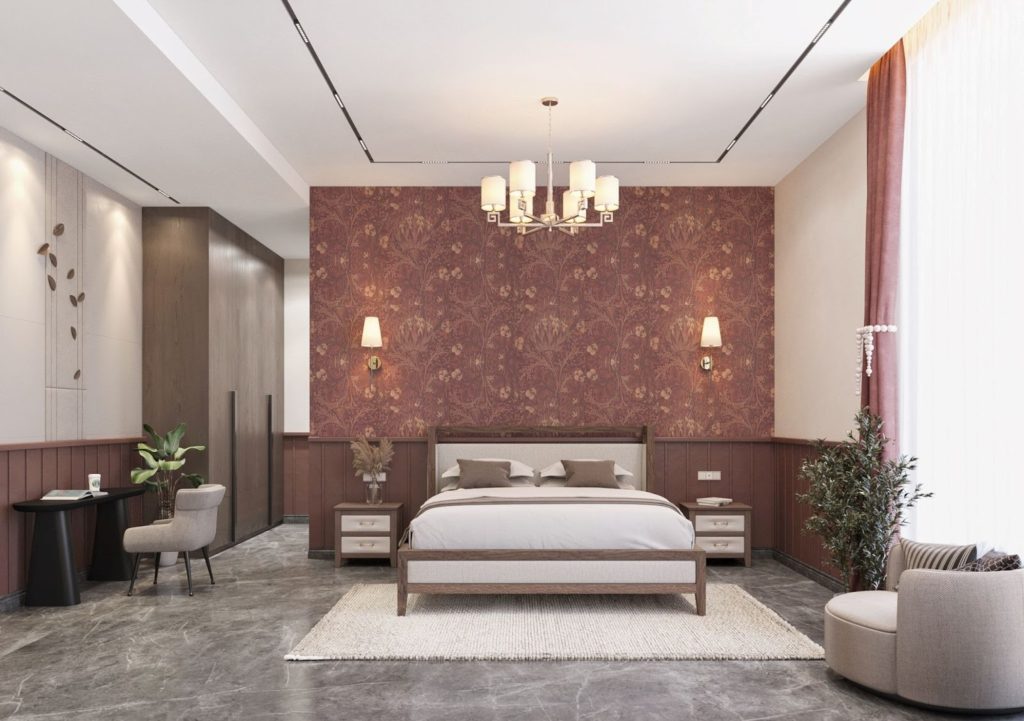
Blue – Calm and Serenity
Blue is one of the most popular colours in interior design due to its calming and peaceful effects. It’s associated with tranquillity, stability, and trust. Lighter shades of blue are perfect for bedrooms and bathrooms as they create a serene atmosphere for relaxation and better sleep. Darker blues, on the other hand, can add sophistication and elegance to a space, making them ideal for offices or libraries. Blue can also help increase productivity, which is why it’s often used in workspaces.
Psychological Impact: This colour is known to lower blood pressure and slow respiration, making it a soothing choice for areas where relaxation is key. However, too much blue can feel cold or sterile, so balance it with warmer tones or natural elements.
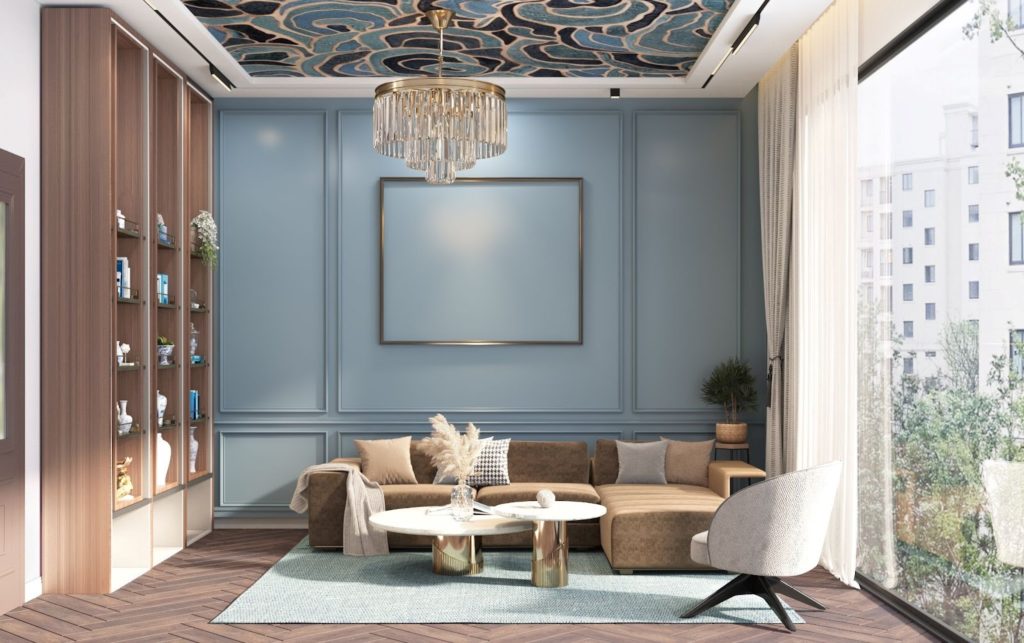
Green – Balance and Harmony
Green is the colour of nature, growth, and renewal. It’s a highly versatile colour, ranging from calming shades like sage and mint to bold tones like emerald and forest green. Green is known for its soothing and balancing qualities, making it an excellent choice for spaces where you want to promote well-being.
In the home, green works well in living rooms, bedrooms, and even kitchens, where it can create a harmonious atmosphere. It’s particularly effective in spaces that combine both relaxation and activity.
Psychological Impact: Green has been shown to reduce stress and promote feelings of comfort. It’s also a colour associated with health and rejuvenation, making it a great choice for areas where you seek a restful, balanced environment.
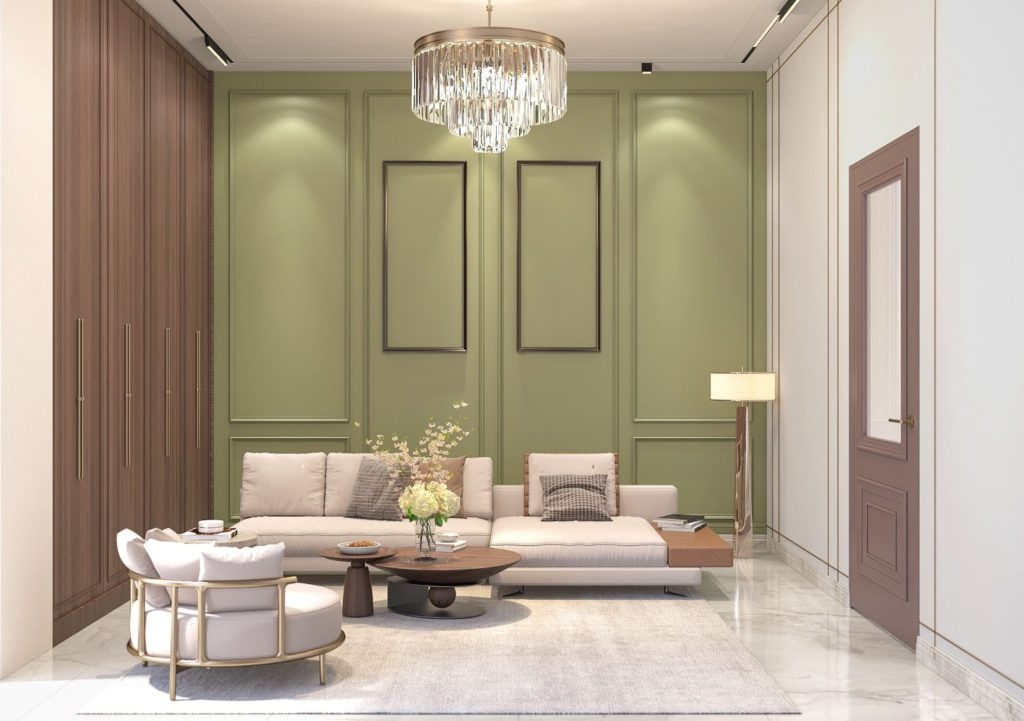
Purple – Luxury and Creativity
Purple is often associated with royalty, luxury, and creativity. It combines the calmness of blue with the passion of red, creating a colour that is both elegant and stimulating. Lighter shades like lavender and lilac create a soft, calming effect, while deeper purples like aubergine convey sophistication and mystery.
It is a wonderful choice for bedrooms, home offices, or creative spaces like art studios, where inspiration and relaxation are equally important.
Psychological Impact: This colour can stimulate the imagination and promote creativity, making it a great colour for areas meant to inspire. However, too much dark purple can create a sense of heaviness, so it’s best used in moderation.
Neutrals – Sophistication and Timelessness
Neutral colours like beige, grey, white, and brown are often used as the foundation of a colour scheme. These colours provide balance, allowing other colours to stand out. They are versatile, timeless, and can be paired with any colour to create a harmonious environment.
They are great for creating a serene, sophisticated atmosphere in living rooms, bedrooms, and even kitchens. Darker neutrals like charcoal and espresso can add depth, while lighter neutrals can open up a space and make it feel more expansive.
Psychological Impact: It is generally associated with stability and simplicity. They can create a peaceful, grounded environment, but overuse can lead to a dull or uninspiring space. Incorporating pops of colour through decor or furniture can prevent a neutral room from feeling too plain.
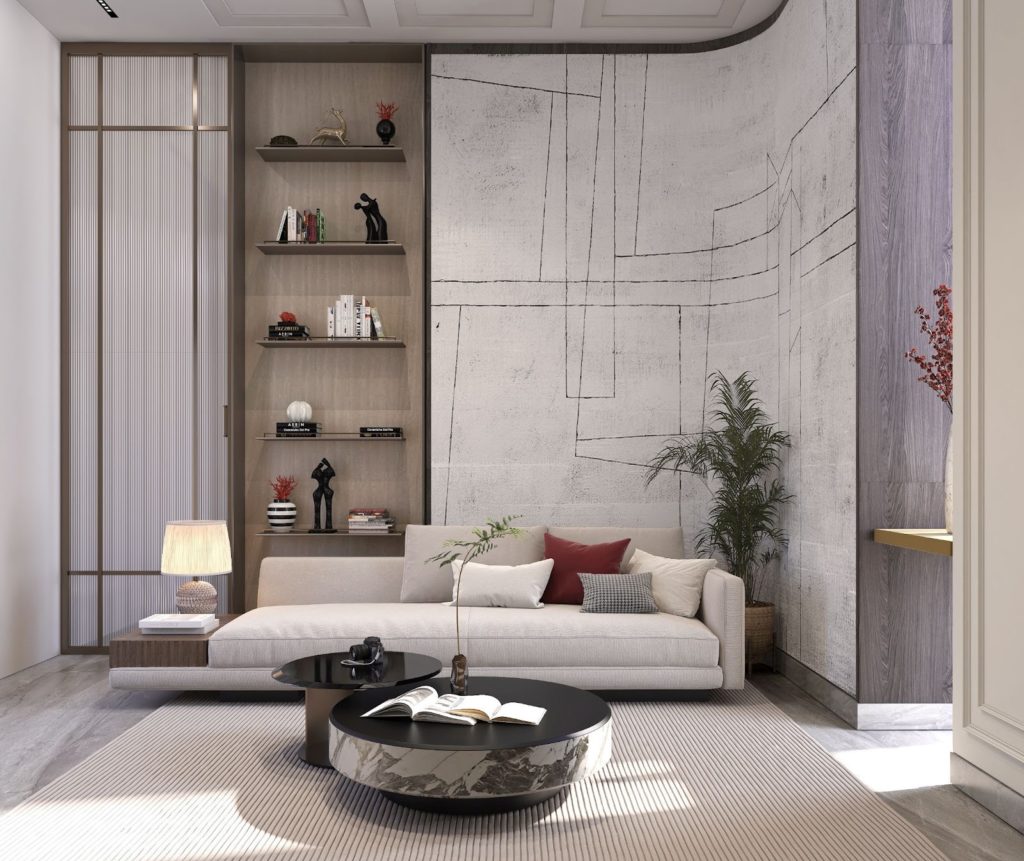
Refer- More neutral tone images
The Basics of Colour Theory in Interior Design
Before diving into the psychology of individual colours, it’s important to understand the basics of Colour Psychology: How to Select the Right Colours for Your Home. Colours can be divided into three categories:
- Primary Colours: Red, blue, and yellow. These colours are the building blocks of all other colours.
- Secondary Colours: Orange, green, and purple. These colours are created by mixing two primary colours.
- Tertiary Colours: Yellow-green, blue-green, blue-purple, red-purple, red-orange, and yellow-orange. These are created by mixing primary and secondary colours.
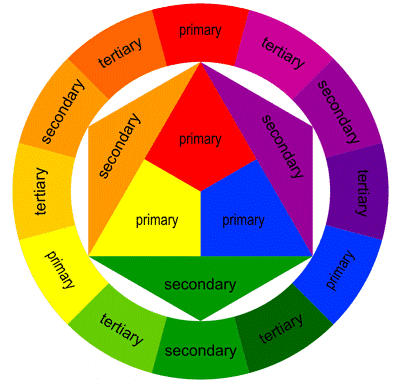
Conclusion
Selecting the right colour for your home or office is one of the most important decisions interior designers or homeowners make, which is why understanding Colour Psychology: How to Select the Right Colours for Your Home is so crucial. Colour psychology and its effect can lead to better colour selections. One can create spaces that not only look beautiful but also align with the ambience or surroundings. Whether you want to feel relaxed, energised, or inspired, the right colour palette can transform your home into a space that reflects your personality and enhances your everyday experience.